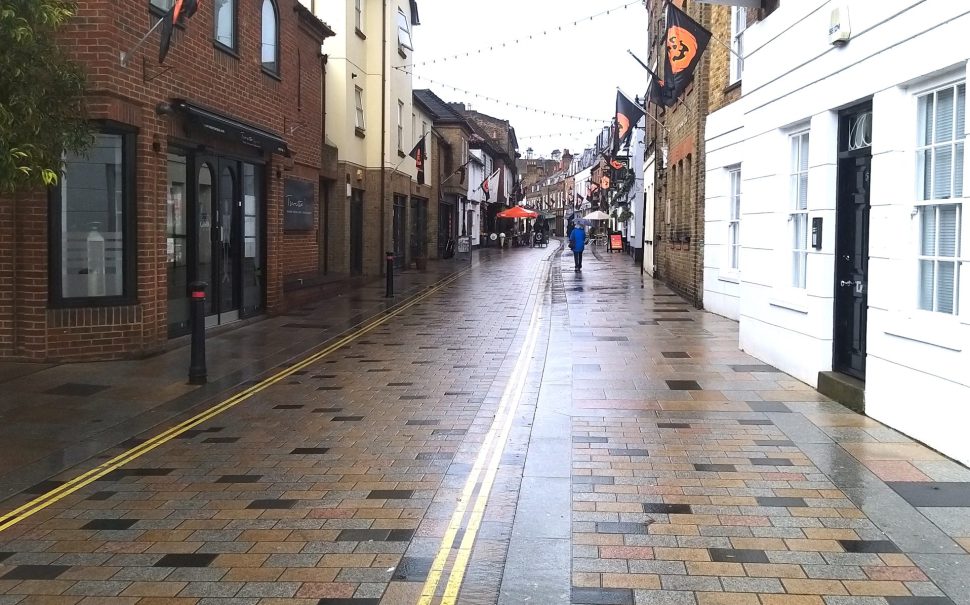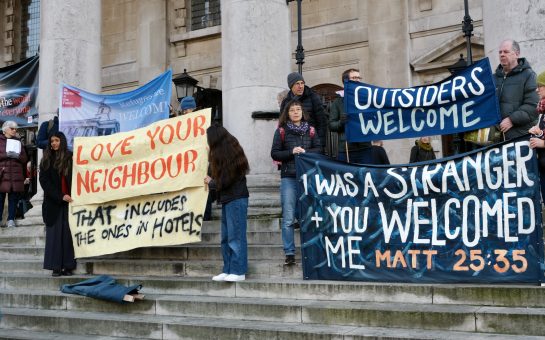The last six months saw the highest number of quarterly insolvencies since 2009.
This comes as figures for the three months to September show insolvencies increased by 10% compared to last years’, according to official figures released yesterday by The Insolvency Service, an agency within the Department of Work and Pensions.
Many cite exceptionally high energy costs, with the energy price cap still 50% higher than its pre-covid level.
This not only increases the cost of running premises, but can vastly increase the cost of production for suppliers, and thus the price of the goods they produce.
Others argue that workers’ demands for higher wages, in order to counter the cost of living, are increasing the cost of sales to an unsustainable level.
Despite the bleak national picture, many local businesses in Twickenham are surviving, thanks to a resilient attitude and enterprising spirit.
Sophie King, who runs The Bloomery florists on Church Street, said that the cost of supplies had increased by up to 30%, and that profits for the year could be down by 20%.
King said: “The girls [who work here] understand that we can’t increase their pay, but they are very understanding.
“Although the cost of doing business has increased, custom has fortunately remained steady.”
King attributes this to her good location, and resultant passing trade.
However, she has noticed more customers restraining their budget, and has diversified by offering more affordable bouquets to cater for this market.
King said: “I’m lucky that I don’t have a business loan, as many small business that do are struggling to pay the extremely high interest.”
The Bank of England base rate is 5.25%, set to increase to 5.5% in the first quarter of 2024.
However some high street banks charge interest as high as 12% currently.
With inflation running at 6.7%, many consumers simply can’t afford to subsidise further price increases, forcing small businesses to incur the rise in costs themselves.
The economy remains stuck between weak growth and high inflation, according to The Institute for Fiscal Studies.
With no sign of change in the short term, small businesses will face these challenges for the foreseeable future.





